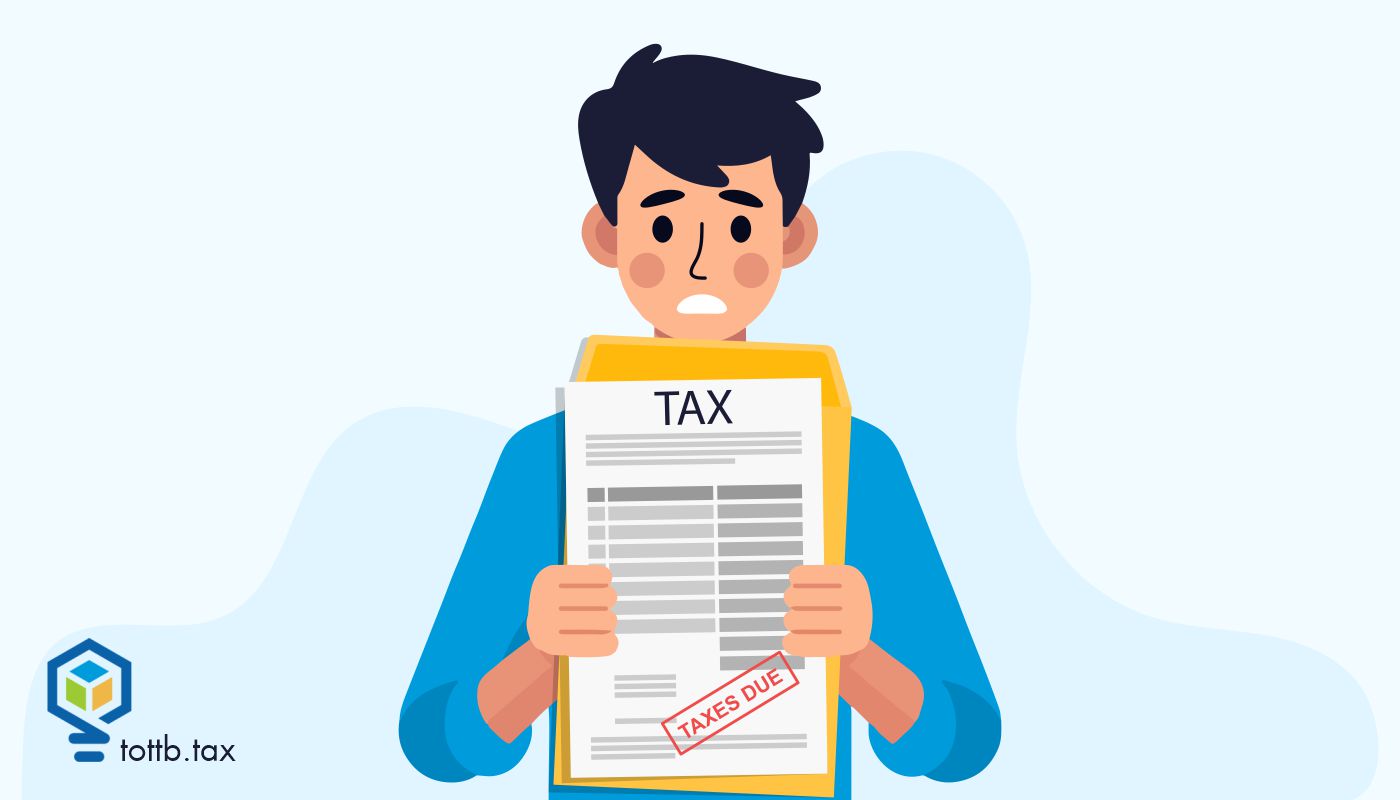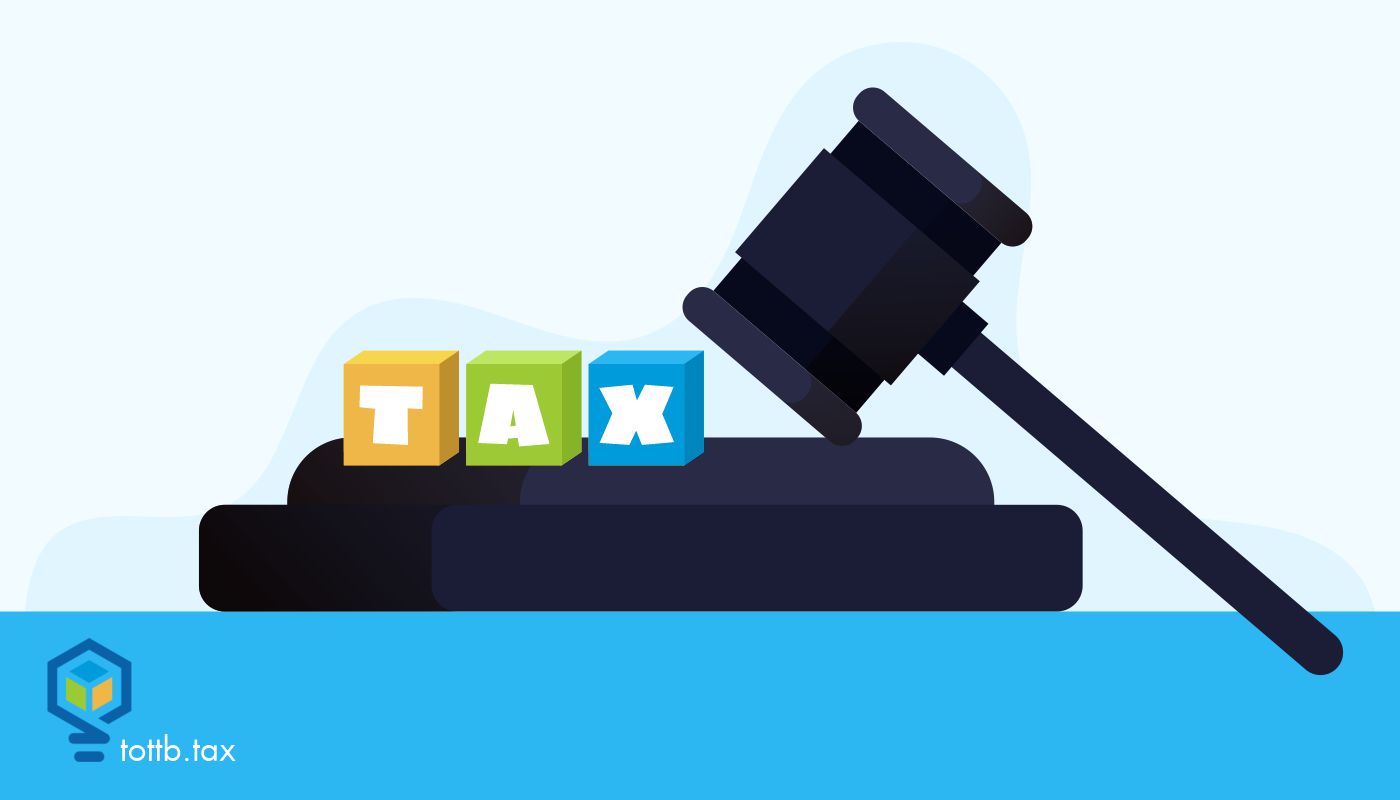Client Alert
S Corporation Shareholder-Employee Reasonable Compensation
The S corporation is a powerful tool for small business owners to manage their business efficiently and reduce payroll taxes on owner’s profits. The primary benefit small business owners get, when organized as an S corporation, is the opportunity to avoid payroll taxes on distributions after paying reasonable compensation. A reasonable wage/salary is a must for shareholder-employee/s. However, the shareholder-employee soon discovers that the lower her wage is, the lower the payroll taxes. Why not pay no wage? Or only a token wage? Of course, the IRS knows those tricks and requires the company to pay “reasonable compensation” to shareholder-employees so they’ll submit proper payroll taxes. The IRS can adjust wages to reflect reasonable compensation. Family members of the shareholder must also receive reasonable compensation for services rendered. In this article we will begin by debunking urban legends surrounding S corporation reasonable compensation followed by calculating a reasonable compensation package before finishing with a strategy.
Read MoreElectronic Commerce Creates Confusing Sales Tax Obligations
Any company engaged in e-commerce, i.e., selling online, knows that the ability to reach buyers and customers remotely can juice the bottom line. State and local tax jurisdictions around the country know that, too, especially the bottom line of their sales tax coffers. Now every state with a statewide sales tax has a threshold past which remote sellers must collect and remit state sales tax. Failure to do so can incur big penalties, or worse, and there’s a lot to know based on where and what you sell online.
Read MoreNOT A MEMBER YET?

SUBSCRIBE TO GET ALL OF OUR
GREAT ARTICLES AND RESOURCES!
CURRENT EDITION

Lessons Learned from the Tax Court: The Root of the Issue
When is a business really a business? As Supreme Court Justice Potter Stewart said in 1964, “I know it when I see it.” The US Tax Court, however, maintains a slightly less subjective standard. The Roots were pretty sure they were running a bona fide business; the IRS, however, didn’t share the sentiment. And since we’re reading about them in a segment called “Lessons Learned,” one should assume it did not go the way the Roots would have liked.

The Lessons From The Supreme Court Zuch Opinion
There is a great scene in the movie On The Basis Of Sex. The actors portraying Ruth Bader Ginsburg and her husband, Martin Ginsberg, a very high-level tax attorney, early in their careers are reading in separate rooms. He comes in with something he wants her to read and she snaps that she doesn’t read Tax Court cases. In that moment she showed her future as a Supreme Court Justice. Not many Tax Court cases reach the Supreme Court. So when one does it’s exciting. And, as it happens, Commissioner of Internal Revenue v Zuch contains some practical lessons worth considering.

Fractional Art Investing Is Real — How To Advise Your Clients On The Tax Consequences
In mid-November a portrait of a young Vietnamese woman by the artist Gustav Klimt, which was part of the estate of the late Leonard Lauder (the cosmetics billionaire), was sold at a Sotheby’s auction for $236.4 million. It set the record for the most expensive work of modern art ever sold at auction according to Bloomberg. That’s probably out of reach for most of our clients. But what if they could join together to buy an interest in the painting with an entity holding the asset? That’s the idea behind the burgeoning fractional art market. While, in general, the art market has been struggling for a few years, the fractional art market has been expanding. According to the website Digital Original, “Fractional art ownership is no longer a niche concept – it’s a growing investment trend that’s accessible, flexible, and supported by cutting-edge technology.” What, you may be asking, does this have to do with taxes? It may be more than you think for your high-net-worth clients. As a trusted advisor it’s important that you are aware of both the types of investment opportunities your clients may be buying into and the tax consequences.



